What Size Telescope To See Planets ?
The size of the telescope required to see planets depends on the planet's size, distance from Earth, and atmospheric conditions. Generally, a telescope with an aperture of at least 70mm (2.8 inches) is recommended for observing planets. However, larger telescopes with apertures of 100mm (4 inches) or more will provide better views of planets, especially when observing details such as cloud bands on Jupiter or the rings of Saturn. Additionally, a telescope with a high magnification eyepiece will also help to bring out more detail on planets. It is important to note that atmospheric conditions can greatly affect the quality of planetary observations, so it is best to observe planets when the air is steady and clear.
1、 Aperture size
The size of the telescope required to see planets depends on various factors, including the planet's distance from Earth, its size, and its brightness. However, the most critical factor is the telescope's aperture size, which determines the amount of light the telescope can gather and resolve.
In general, a telescope with an aperture size of at least 70mm is sufficient to observe the planets in our solar system. However, for more detailed observations, a larger aperture size is recommended. For example, a telescope with an aperture size of 100mm or more can provide excellent views of the planets' surface features, such as Jupiter's Great Red Spot or Saturn's rings.
It's worth noting that the latest point of view in the astronomy community is that the aperture size is more important than magnification when it comes to observing planets. A larger aperture size allows for better light-gathering ability, which results in brighter and sharper images. On the other hand, high magnification can often lead to a blurry or dim image, especially in poor atmospheric conditions.
In summary, the minimum aperture size required to observe planets is around 70mm, but for more detailed observations, a larger aperture size is recommended. It's also important to note that aperture size is more critical than magnification when it comes to observing planets.

2、 Focal length
What size telescope to see planets? The answer to this question depends on several factors, including the type of planet you want to observe, the atmospheric conditions, and the quality of the telescope. However, the most important factor is the focal length of the telescope.
Focal length is the distance between the primary lens or mirror of the telescope and the point where the image is formed. The longer the focal length, the higher the magnification of the telescope. For planetary observation, a telescope with a focal length of at least 1000mm is recommended. This will allow you to see the details of the planets, such as their rings, moons, and surface features.
However, it's important to note that magnification alone is not enough to see planets clearly. Atmospheric conditions play a significant role in the quality of the image. On nights with poor seeing conditions, even the most powerful telescope may not provide a clear view of the planets. Therefore, it's important to choose a location with good atmospheric conditions and to wait for nights with stable air.
In recent years, advances in technology have made it possible to observe planets with smaller telescopes. For example, some amateur astronomers have reported success in observing Jupiter's moons with telescopes as small as 70mm. However, for detailed observations of the planets, a telescope with a focal length of at least 1000mm is still recommended.
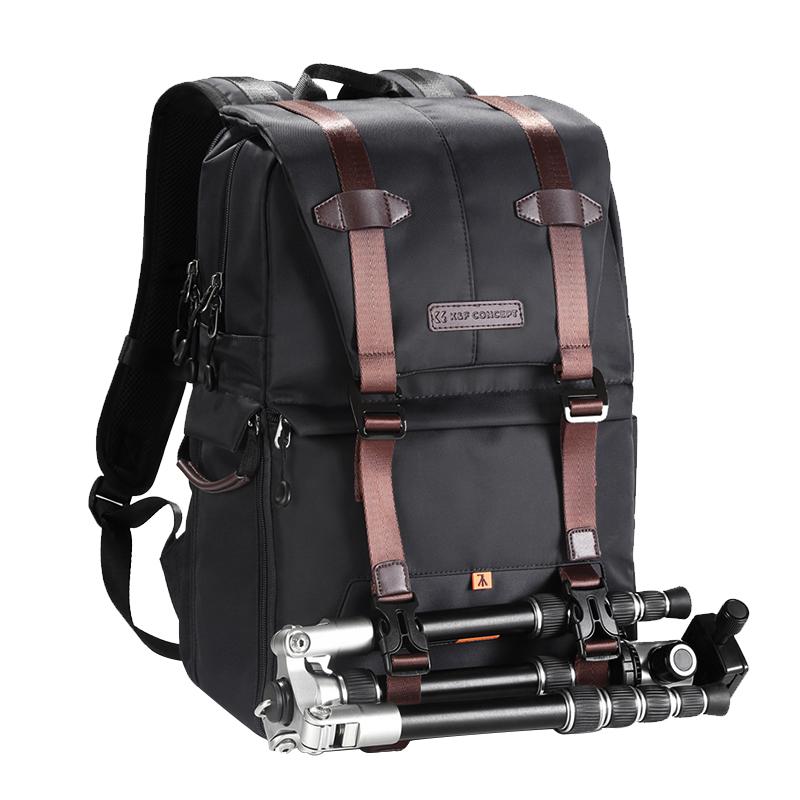
3、 Magnification
What size telescope to see planets? The answer to this question depends on several factors, including the size of the planet, its distance from Earth, and the atmospheric conditions at the observing site. In general, a telescope with an aperture of at least 70mm (2.8 inches) is recommended for observing the planets in our solar system.
However, it's important to note that magnification is not the most important factor when it comes to observing planets. In fact, using too much magnification can actually make the image appear blurry and less detailed. Instead, it's better to use a lower magnification and focus on getting a clear, sharp image.
Another important consideration is the atmospheric conditions at the observing site. Even with a large telescope, observing planets can be challenging if there is a lot of atmospheric turbulence or light pollution. Choosing a location with clear, dark skies can make a big difference in the quality of the observing experience.
Finally, it's worth noting that advances in technology have made it possible to observe planets with smaller telescopes and even with binoculars. For example, many amateur astronomers now use smartphones and specialized adapters to capture images of planets and other celestial objects. So while a larger telescope can certainly provide a more detailed view of the planets, it's not the only option for observing these fascinating objects.

4、 Optical quality
What size telescope to see planets of optical quality? The answer to this question depends on several factors, including the quality of the telescope, the atmospheric conditions, and the planet being observed. In general, a telescope with an aperture of at least 4 inches (100mm) is recommended for observing planets. However, larger apertures will provide better resolution and more detail.
It is important to note that the quality of the telescope is just as important as its size. A high-quality telescope with a smaller aperture may provide better views than a larger telescope with lower quality optics. Additionally, atmospheric conditions can greatly affect the quality of the view. Viewing planets when they are high in the sky and during periods of stable atmospheric conditions will provide the best views.
In recent years, advancements in technology have allowed for smaller telescopes to provide high-quality views of planets. For example, the Celestron NexStar 6SE, with a 6-inch aperture, has been praised for its ability to provide clear views of planets and other celestial objects. Additionally, computerized tracking systems and image processing software have made it easier for amateur astronomers to capture detailed images of planets with smaller telescopes.
In summary, a telescope with an aperture of at least 4 inches and of high optical quality is recommended for observing planets. However, advancements in technology have allowed for smaller telescopes to provide high-quality views, and atmospheric conditions also play a significant role in the quality of the view.


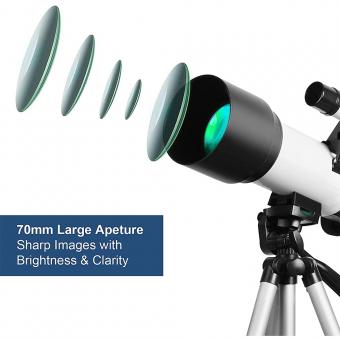






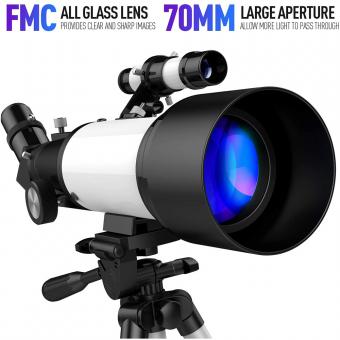

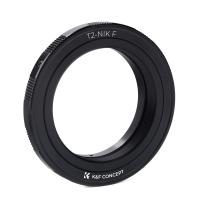


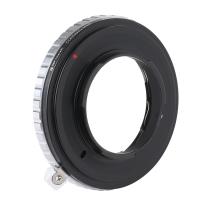




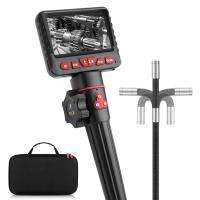
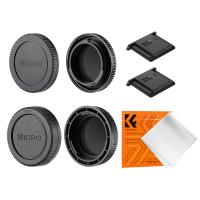
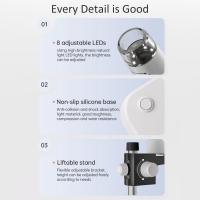


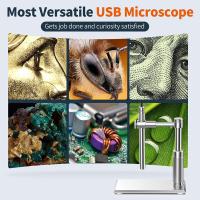


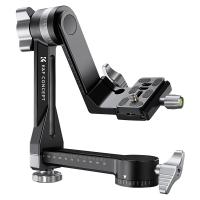

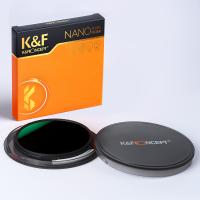
There are no comments for this blog.